Multibar Angelfish EXPERT ONLY
$199.99
-
Select Variant
The Multibar Angel, also known as the Many Banded Angelfish and Multibarred Angelfish is made up of individual vertical bands of black and yellow with an "every other" style and an elongated stripe of white surrounding the black bands. The tail is white to yellow, with tiny black speckles. The juvenile can be identified by the blue eyespot that is located in the rear on the fin's dorsal side.
This Multibar Angel requires a minimum tank size of 70 gallons, with many hiding spots as well as live rock for grazing. The angelfish should be kept as the sole species in the tank.
Multibar Angels, also known as Multibar Angel, like other dwarf angels, is hermaphroditic and difficult to breed and indistinguishable with color variations between males and females.
The Multibar Angel can be a sensitive eater. It likes an assortment of smaller food items that are meaty, such as angelfish, herbivore dishes, and even sponges that are alive. The aforementioned eating habits, along with the characteristic of becoming territorial after acclimatization make it a difficult fish to keep.
Approximate Purchase Size: Small 2" to 3" Medium 3" to 4" Large 4" to 5"
- Description
- Additional Information
- Reviews
General information regarding Multibar Angelfish
The Multibar Angelfish has a white base color and eight vertical black bars which turn yellowish ventrally as it increases to 12 centimeters. This species is an elongated species of small angelfish. The juveniles have fewer bars and have a distinct dorsal fin ocellus which fades as they grow. It is typically found to be found in caves and crevices on the reef's outer slopes. They are located in depths ranging from 20 and 70 m.Diet & Nutrition
Multibar Angelfish actively consume sponges, algae tunicates, algae, and benthic invertebrates, alongside small crustaceans. They frequently forage upside down on cave ceilings. In captivity, they thrive on a diet of frozen and cooked food items such as fish food pellets, Artemia flakes, Mysis shrimp, mussels, and fresh oysters.Origin
Paracentropyge multifasciatus inhabit a wide geographic range across the Pacific Ocean and extend into the peripheries of the Indian Ocean. They commonly reside in regions including the Cocos-Keeling atoll and the Society Islands, ranging from the north at the Yaeyama Islands to the south at the Great Barrier Reef.LINKS:
size
Large, Medium, Small
Units
1
Weight
6 lbs
Dimensions
1 × 1 × 1 in

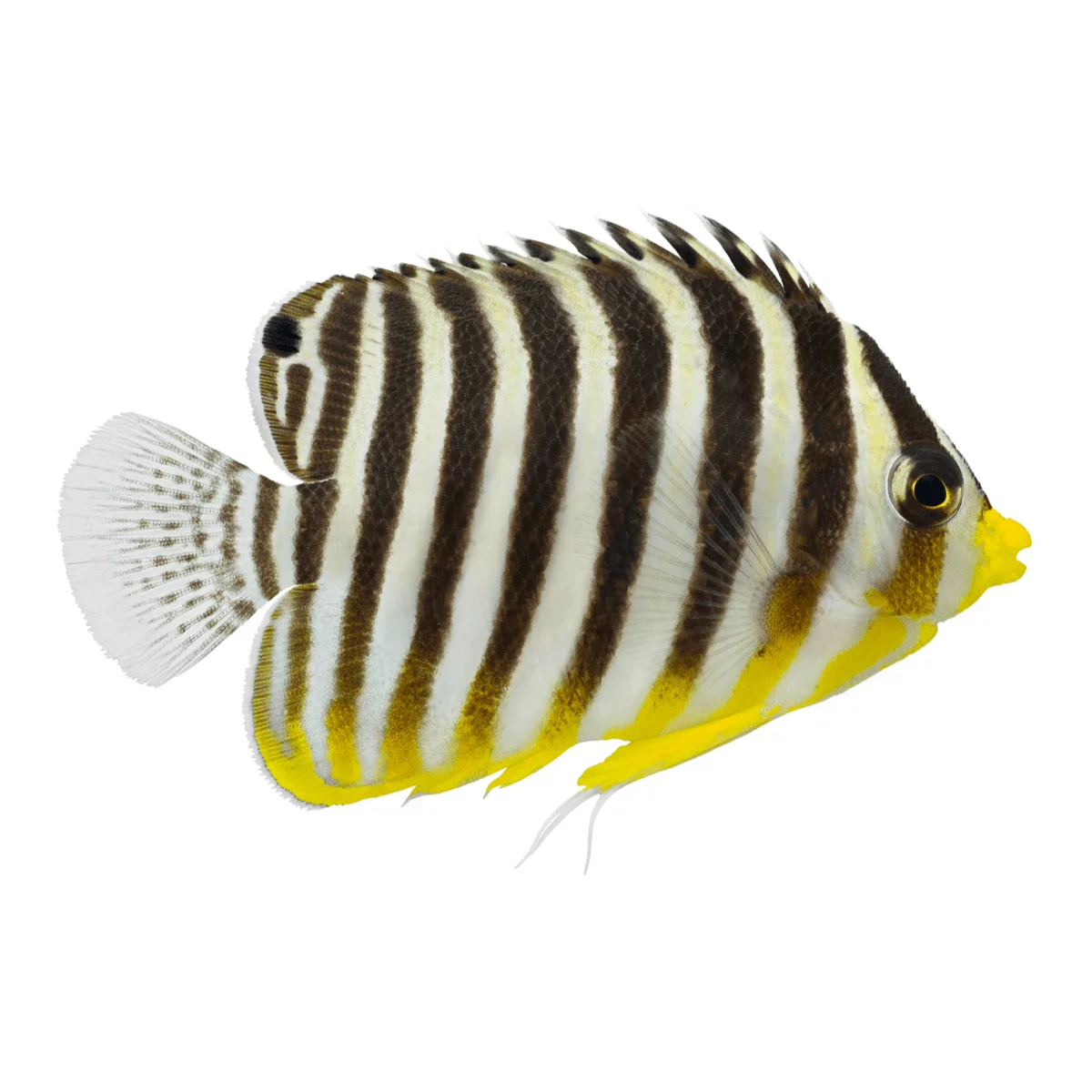
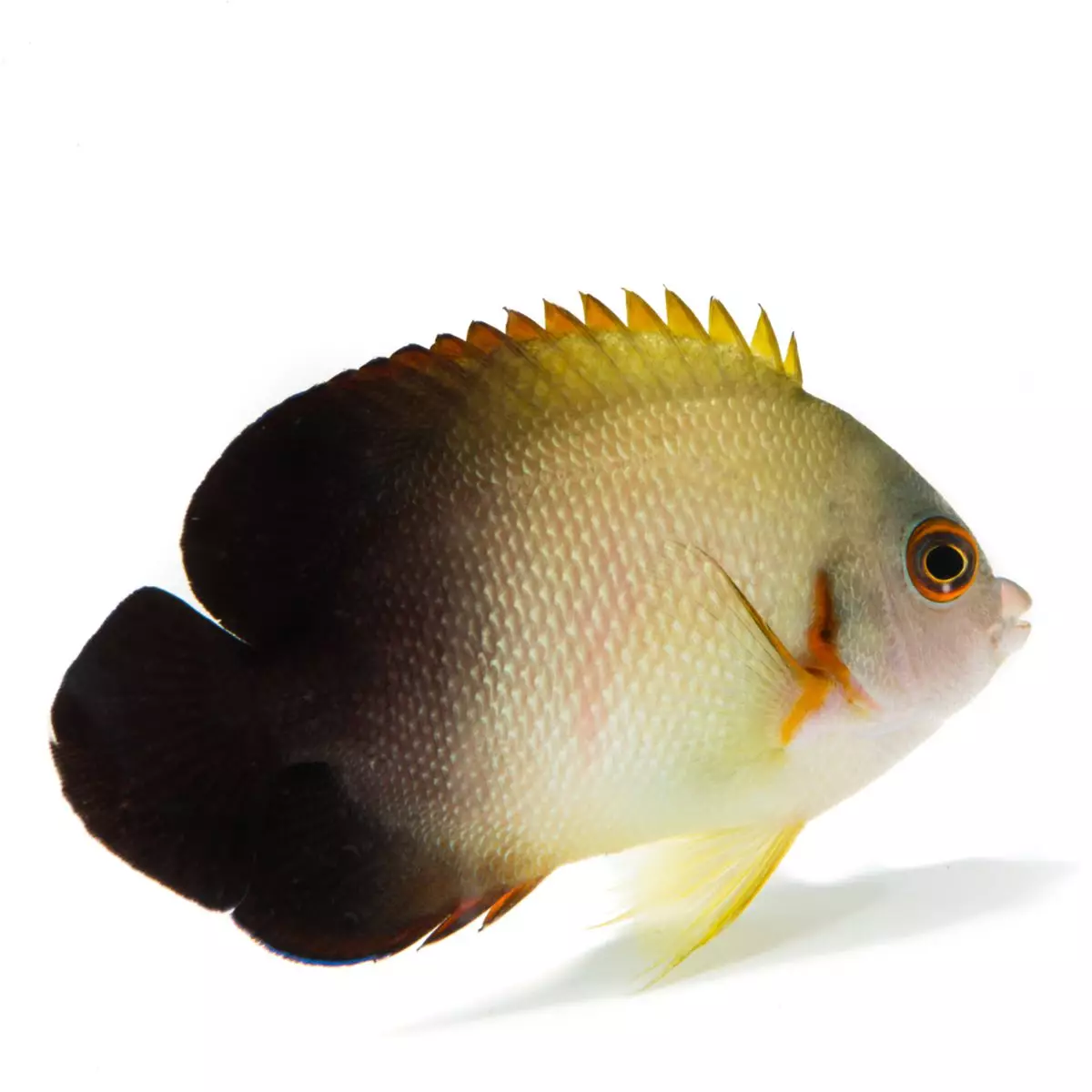
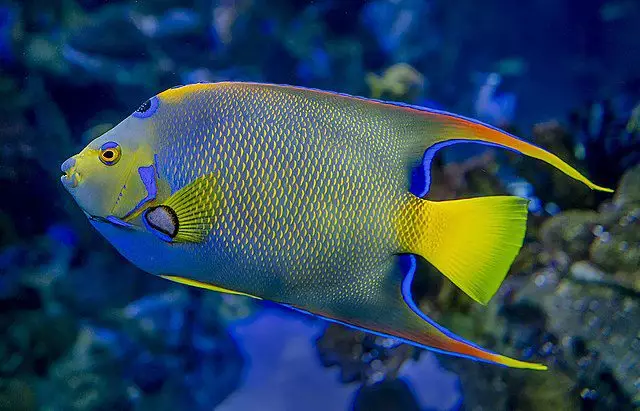

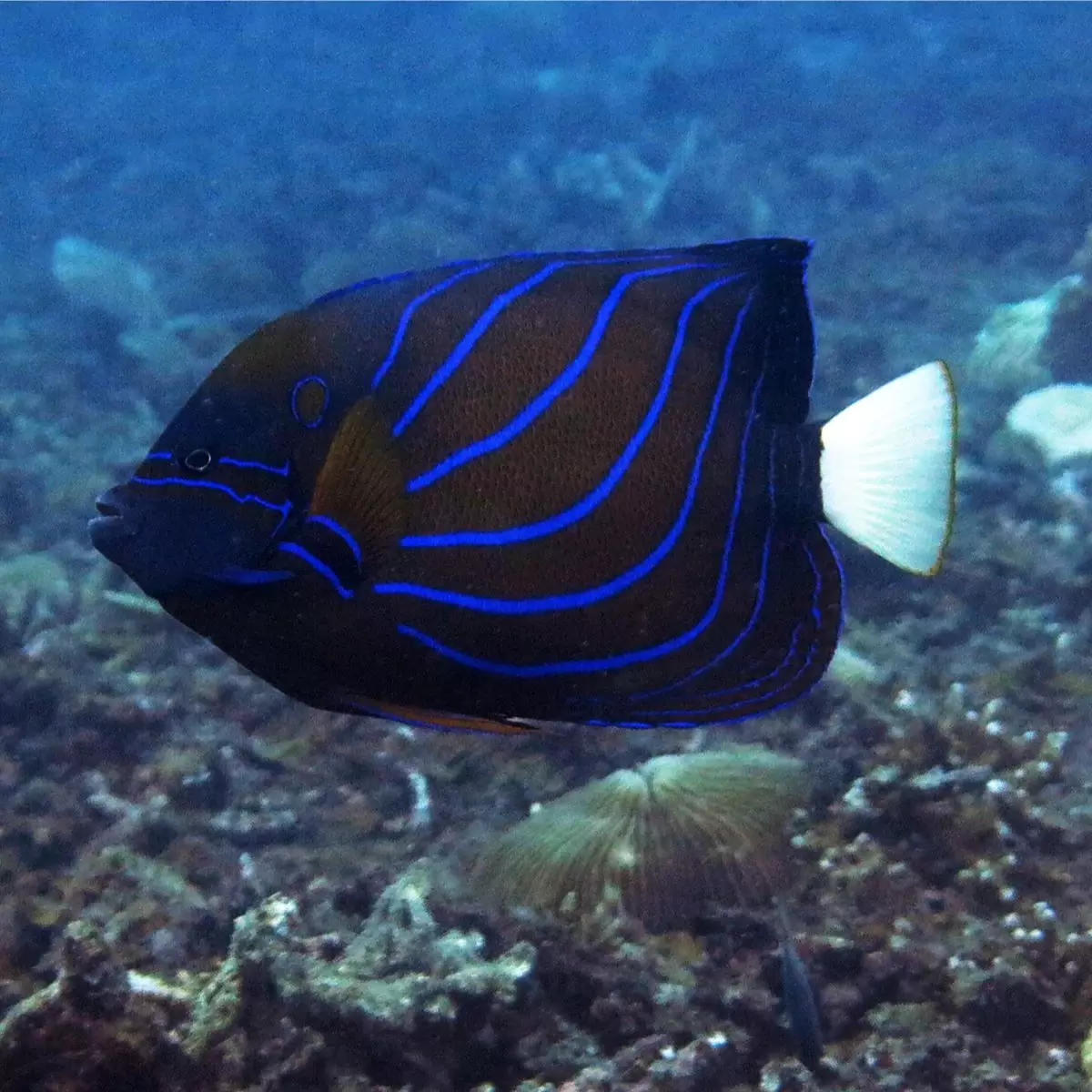
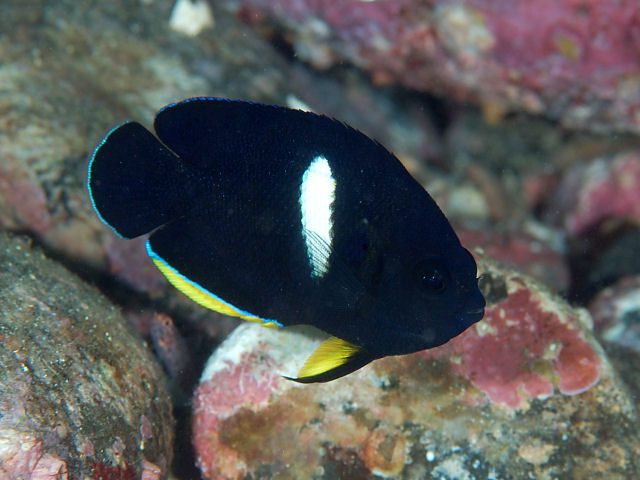
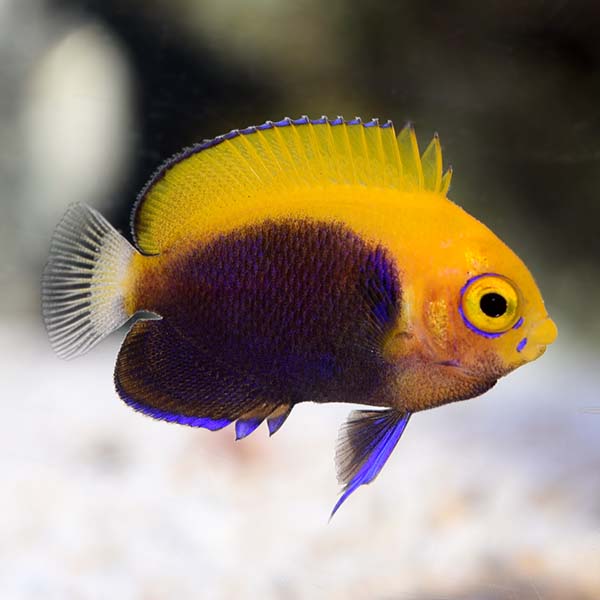
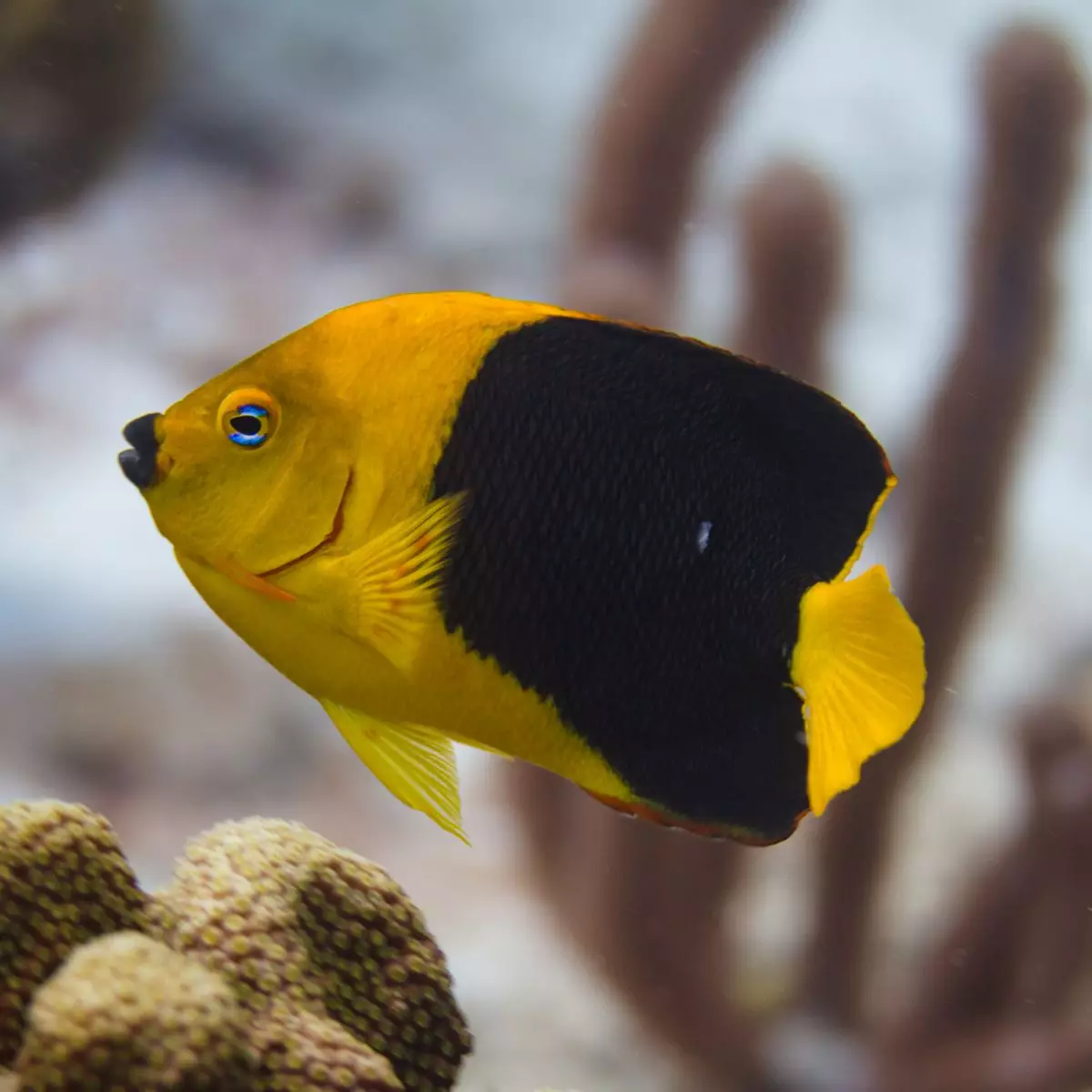
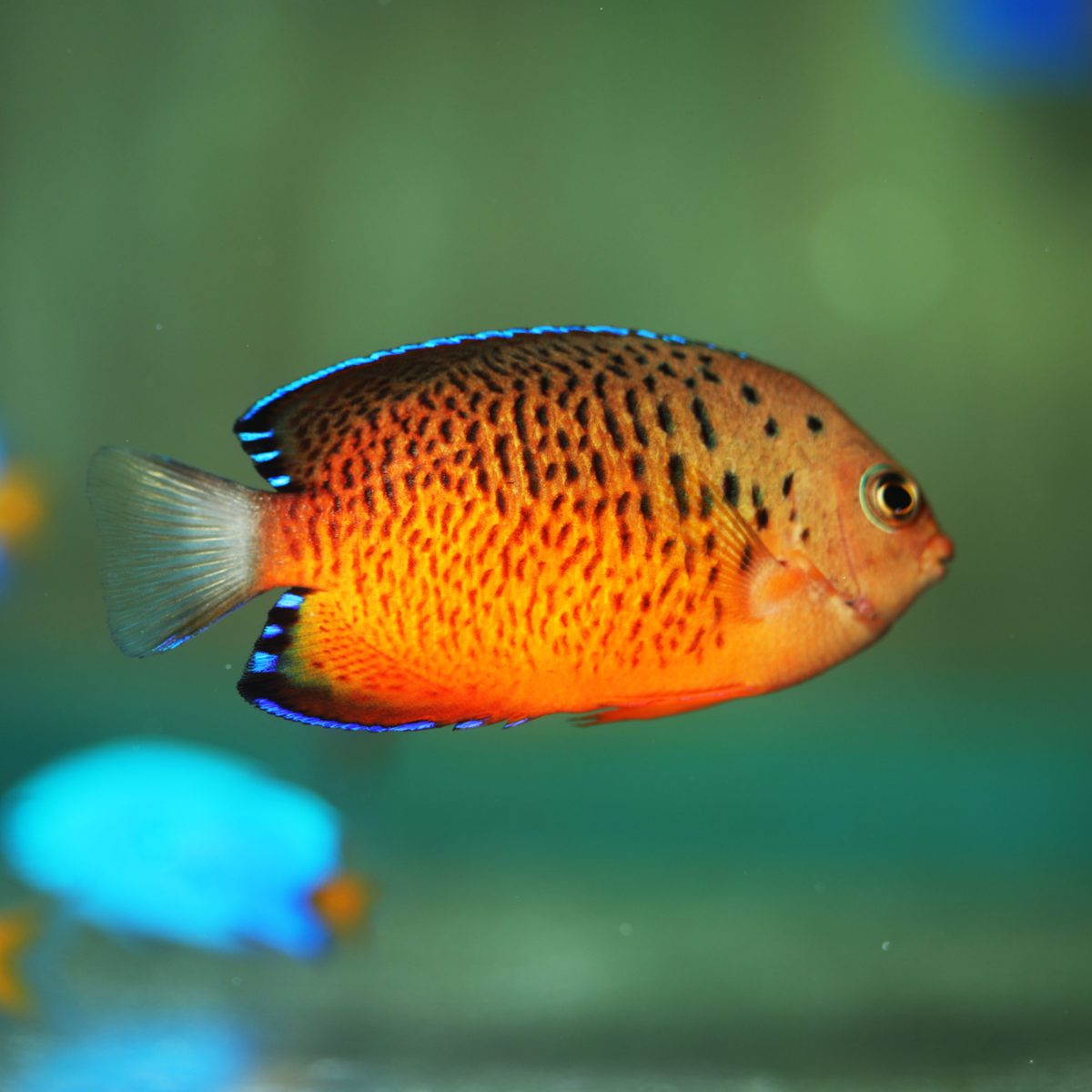

Reviews
There are no reviews yet.